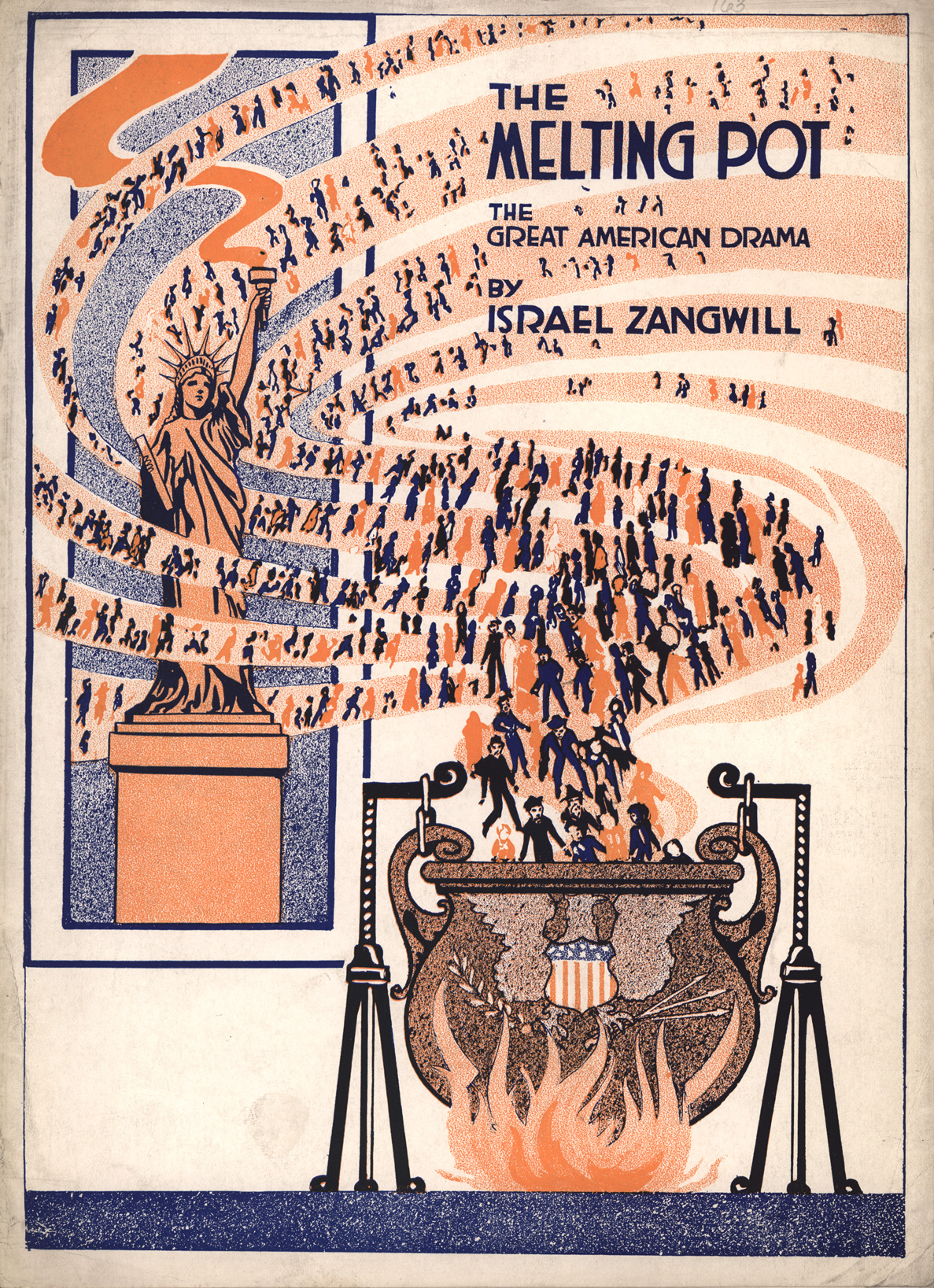In his campaign statement last night, Donald Trump called for a “total complete shutdown of Muslims entering the United States”. Greeted by widespread outrage, his statement is just the latest in an ugly and divisive immigration debate that rages on ahead of 2016. In a nation of immigrants, the issue is not just a political or economic one: it goes right to the very heart of America’s national identity.
The Republican presidential candidate has capitalised on economic uncertainty and security fears to turn American eyes towards a perceived enemy at home and abroad: criminal and violent immigrants. Trump’s biggest target has been the Mexicans, consisting of the vast swathes of supposed criminals south of the border aching to cause trouble in the US, not to mention the 11 million illegal immigrants living in the shadows. However, following attacks in Paris and San Bernardino, it’s now the ‘Muslims’ who feel the punches of Trump’s unsavoury rhetoric.
The frontrunner for the 2016 GOP presidential candidacy is wrong in so many ways. Commentators have been quick to point out that crime is no higher amongst Mexican immigrants than so-called ‘natives’, while the number of undocumented immigrants has begun to decline in recent years. Far from causing problems for natives, mass immigration since the 1980s has underpinned America’s economic success. Meanwhile, the majority of Muslim refugees fleeing the Syrian Crisis are women and children, far from the male-dominated ISIS troops invading America that Trump seems to see.
But what does all this mean for American identity? The immigration debate is being discussed in terms of long-term, naturalised American citizens and the ‘other’. This ‘other’ is being defined largely as Muslims and Mexicans in America, but (barring the native Americans) every American must remind themselves that it was once their own family in that situation.
From the Irish fleeing famine and destitution to the Italians crossing the Atlantic to fight their way out of poverty, America’s history is rich with examples of people leaving hardship to become part of the fabric of the United States. As described a century ago by a Jewish-American playwright Israel Zangwill, the country is a ‘melting pot’ where people of the world assimilate, their divisions gradually dissolving.

Theatre programme for The Melting Pot, from 1916
Zangwill was writing in 1908, which was the last time America’s foreign-born population reached the height of 14% that it has now. At that time there had been a dramatic change in the makeup of immigrants, from the original influx of Western Europeans (largely English, Irish and German) to Southern and Eastern Europeans. Italians, Jews and Slavs were very much the ‘other’: low-skilled, with different skin-shades and a whole host of racial stereotypes weighing them down.
This included 800,000 Sicilians who arrived from 1901 to 1913. Many of them settled in New York, where the English-speaking press reported on outbreaks of organised crime by the “small peoples” of Italy. Just like the Mexicans of present day, their crime rate was no worse than the ‘natives’ of the time, and most of it was not organised at that point – despite stereotypes to the contrary. When crimes were committed by Italian criminals, the suggestion was that other Italians were all bound to a code of secrecy (‘omerta’) and therefore implicitly to blame, just like Muslims in the West after Islamic State kills using their religion’s name.
A century ago, native racial hate for the new influx of people needed an all-important ingredient for Washington to stop any more coming in: fear. In their eyes, the immigrant influx was a threat to their livelihoods, even though cheap mass labour provided the drive for America’s rise into a superpower. When the First World War came, and socialist bombings (including immigrants) took place in American cities, Congress acted: creating immigration restrictions in the ‘20s which were heavily weighted according to race and nationality.
America has, of course, changed a great deal since then, but many parts of the story are eerily similar. The country is at a pivotal point in discerning whether its past successes of assimilating foreign people at risk should continue. Comparisons have been made between the Syrian refugees crisis and America’s situation on the eve of the Second World War, when the country shamefully opposed increasing the cap on immigration of Jewish children following the Kristallnacht attacks.
Ever the showman, Donald Trump doesn’t necessarily believe everything coming out of his mouth, but the alarming fact is that huge numbers of Americans do – and it’s not just a far-right minority. As Byron York has pointed out, Trump himself has admitted that in the Oval Office he would be a lot more measured. For now, he’s saying things that people want to hear, capitalising on the widespread fear that Americans feel in a politically and economically unstable world – afraid that their livelihood is under threat.
The decision that America faces is whether to show compassion, giving amnesty to undocumented immigrants and refuge to fleeing Syrians, or turn inward and create a divisive society. Looking back, they’ll be reminded that America’s identity has been forged and enriched by a wide variety of nationalities, races and creeds. They’ll also be reminded of an ugly nativism which has a very narrow view of national identity, and refuses change due to their close-minded fear.
I know which path I would choose.
This article was first published on CABAL.digital. You can read the original article here.


